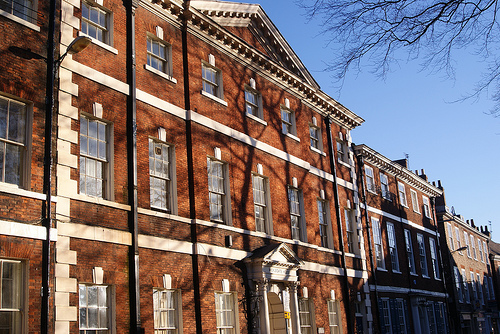1714–1837: Georgian York
Style over substance?

The period of the reigns of the first kings of the House of Hanover, George I - George IV, between the early eighteenth and early nineteenth century is generally known as the Georgian period.
In York, this was a prosperous era. The city rivalled fashionable Bath in its popularity. The upper classes such as the aristocracy, the landed gentry and the wealthy merchant class, adopted their own highly-developed social life, fashions and etiquette. Venues such as the new Assembly Rooms were known for their balls and evening card parties.
This was the era of York's first theatre and newspaper. By the beginning of the nineteenth century the city had grown to just under 17,000.
Architecturally it's known for a neo-Classical, Palladian style. Examples of Georgian architecture in York include Fairfax House, the Assembly Rooms and the Mansion House (residence of the Lord Mayor in St Helen's Square). Roads such as Gillygate, Bootham and Colliergate have many Georgian buildings. Micklegate developed into an important thoroughfare with town houses, leading out towards the sporting venue of the Knavesmire with its horse-racing.